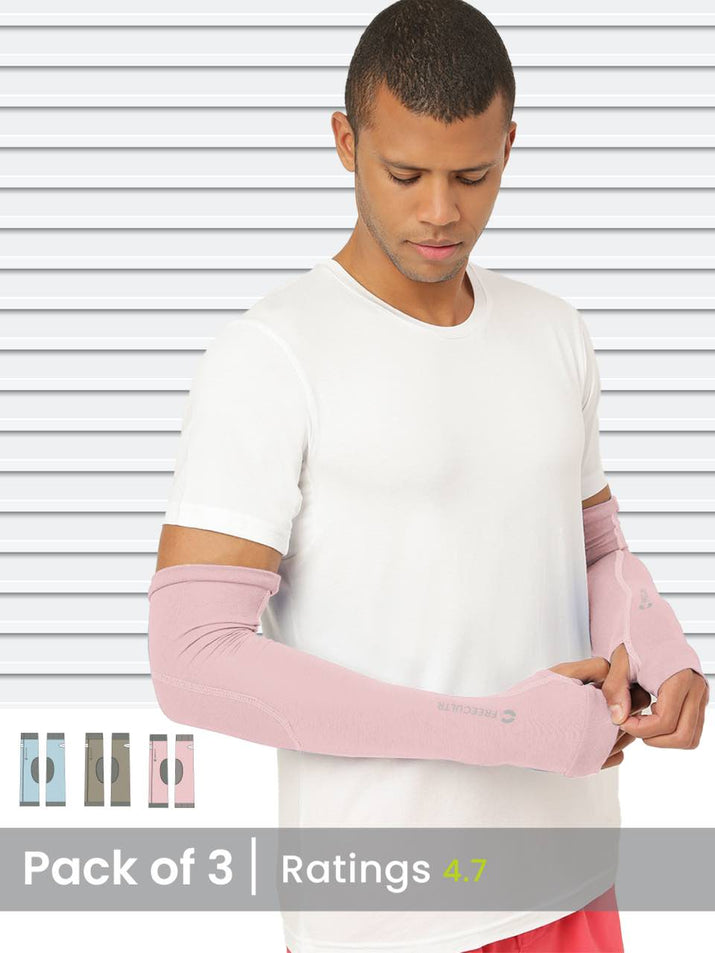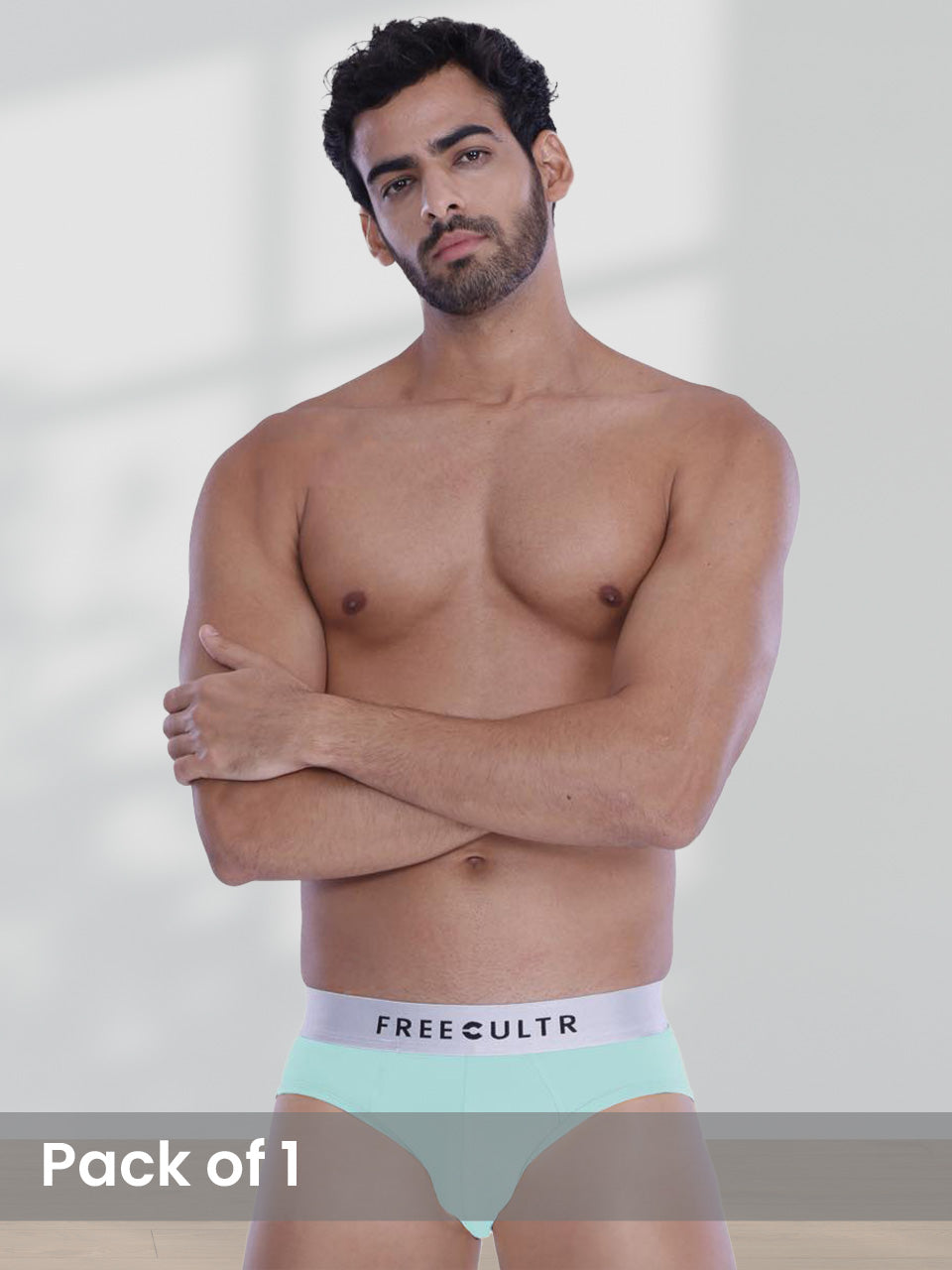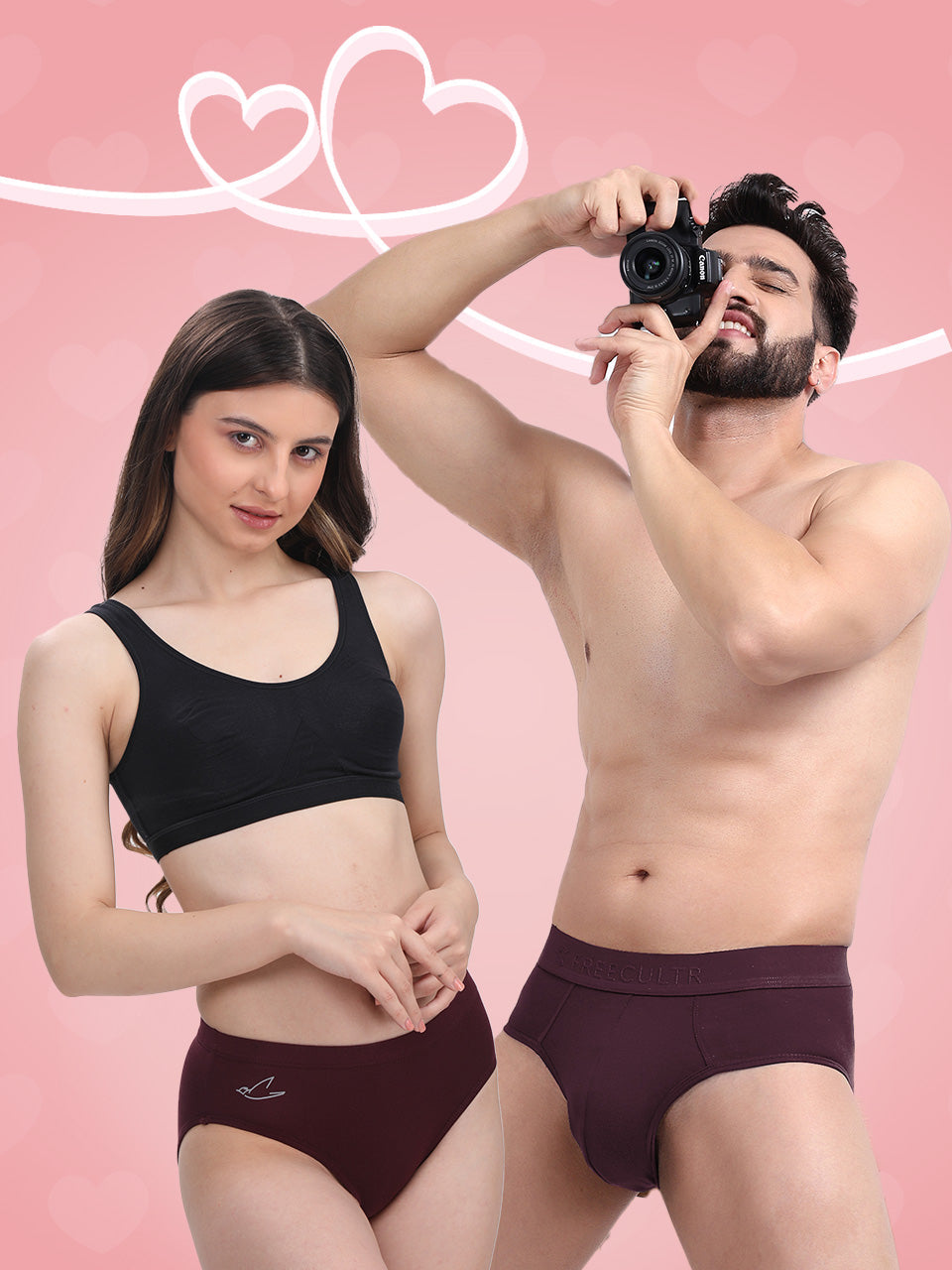Gone are the days when sleeves were mere arm coverings. Modern performance sleeves, utilizing advanced textile engineering, offer critical advantages for athletes and outdoor enthusiasts. For instance, UPF 50+ rated sleeves provide crucial broad-spectrum UV protection, a vital defense against sun damage for cyclists on long rides or runners training outdoors, aligning with the growing awareness of skin cancer prevention. Beyond solar defense, graduated compression sleeves enhance muscle recovery post-workout and reduce fatigue during intense activities like basketball or weightlifting by improving blood flow and minimizing muscle oscillation. Manufacturers increasingly integrate cooling polymers, actively regulating skin temperature, a significant advancement for high-intensity training in warm climates. These specialized garments are no longer just an add-on; they are precision-engineered tools for optimizing physical output and safeguarding dermal health.

What Are Sleeves, Anyway?
When we talk about "sleeves" in the context of performance and protection, we're not just talking about the fabric arms of your favorite t-shirt. Oh no, we're diving into a specialized world of athletic gear designed to hug your limbs and offer a host of benefits. Think of them as a second skin, crafted from high-tech fabrics, engineered to support your muscles, regulate temperature. Shield you from the elements. From arm sleeves for basketball players to leg sleeves for runners, these versatile accessories have become a staple for athletes and outdoor enthusiasts alike. They come in various lengths and designs, each tailored for specific body parts and activities. They all share a common goal: to help you perform better and stay safer.
More Than Just Fabric: The Science Behind Performance Sleeves
It might seem like a simple piece of fabric. Modern performance sleeves are packed with clever technology. Let's break down some of the key features that make these sleeves so effective:
- Compression Many sleeves offer graduated compression, meaning they're tighter at the extremities and gradually looser towards the heart. This gentle squeeze helps improve blood circulation, which in turn can reduce muscle fatigue and aid in recovery by flushing out metabolic waste products like lactic acid. It’s like a continuous, gentle massage for your muscles!
- Moisture-Wicking Fabrics Forget sweaty, clingy cotton. High-quality sleeves are made from synthetic blends (often polyester, nylon, or spandex) that are designed to pull sweat away from your skin and spread it across the fabric's surface, where it can evaporate quickly. This keeps you feeling dry, comfortable. Helps regulate your body temperature.
- UV Protection A huge benefit, especially for outdoor activities! Many sleeves are woven with materials that block harmful ultraviolet (UV) rays from reaching your skin. Think of it as wearable sunscreen. The UPF (Ultraviolet Protection Factor) rating indicates how much UV radiation a fabric blocks. A UPF of 50+ means it blocks 98% of UV rays, offering excellent protection.
- Temperature Regulation Believe it or not, sleeves can help keep you both warm and cool. In colder conditions, they provide an extra layer of insulation. In warmer weather, the moisture-wicking properties, combined with the evaporative cooling effect as sweat dries, can actually make you feel cooler than bare skin.
Enhancing Your Performance: How Sleeves Give You an Edge
So, how do these fancy fabric tubes actually help you perform better? It's all about support, recovery. Comfort.
- Muscle Support and Stability The compression aspect of sleeves provides gentle support to your muscles, reducing vibrations and oscillations during high-impact activities. This can lead to less muscle damage and soreness. For instance, a runner wearing calf sleeves might experience less shin splint discomfort.
- Faster Recovery By improving blood flow, compression sleeves help deliver oxygen and nutrients to your muscles while also accelerating the removal of waste products. This can significantly reduce post-exercise soreness and speed up your recovery time. Imagine finishing a long hike and feeling less stiff the next day because your leg sleeves were working overtime!
- Warm-Up and Cool-Down Aid Sleeves can help keep your muscles warm during cold weather, preventing stiffness and preparing them for activity. After a workout, keeping muscles warm can also aid in a more gradual cool-down process.
- Reduced Swelling For those prone to swelling, especially after intense activity or long periods of standing/sitting, the consistent pressure from compression sleeves can help manage fluid retention.
Anecdote: "I remember training for my first half-marathon. My calves would always feel like bricks after long runs. A friend suggested trying compression calf sleeves. The difference was night and day! Not only did my legs feel less fatigued during the run. The next morning, the usual crippling soreness was significantly reduced. It really made me a believer in the power of good sleeves."
Shielding Your Skin: Protection Beyond the Obvious
Performance isn't just about speed or strength; it's also about staying healthy and injury-free. This is where the protective aspect of sleeves truly shines.
- Sun Protection As mentioned, UV protection is a major benefit. Spending hours outdoors, whether cycling, hiking, or playing golf, exposes your skin to harmful UV rays. Wearing UPF-rated sleeves is a simple, effective way to prevent sunburn and reduce your risk of long-term sun damage, including skin cancer. It’s a much more consistent form of protection than reapplying sunscreen every hour.
- Abrasion and Scrape Prevention For activities where you might brush against rough surfaces or take a minor tumble (think trail running, mountain biking, or even gardening), sleeves provide a physical barrier. A small fall on a gravel path is far less likely to result in a nasty scrape if you're wearing durable arm or knee sleeves.
- Insect Bite Deterrent While not a perfect shield, a layer of fabric can certainly help deter mosquitoes, ticks. Other biting insects, especially when you're exploring wooded areas or humid climates.
- Temperature Regulation (Again!) Beyond just keeping you cool or warm, the consistent coverage provided by sleeves can prevent chafing from clothing seams or equipment. Protect against windburn in harsh conditions.
Finding Your Perfect Fit: Types of Sleeves and What to Look For
Just like shoes, not all sleeves are created equal. The best choice depends on your activity and needs. Here’s a quick overview:
Common Types of Sleeves:
- Arm Sleeves Popular for cycling, running, basketball, golf. General outdoor activities. They extend from the bicep to the wrist.
- Calf Sleeves Primarily used by runners, hikers. In sports like soccer. They cover the lower leg from ankle to just below the knee.
- Knee Sleeves Offer support and compression around the knee joint, common in weightlifting, CrossFit. Sports requiring explosive leg movements.
- Elbow Sleeves Similar to knee sleeves but for the elbow, often used in weightlifting, tennis, or any activity where elbow support is beneficial.
- Full Leg Sleeves Extend from the thigh to the ankle, offering comprehensive compression for the entire leg.
What to Look For When Choosing Sleeves:
| Feature | Description | Why it Matters |
|---|---|---|
| Material Blend | Polyester, Nylon, Spandex for stretch, moisture-wicking. Durability. | Affects comfort, breathability. Lifespan. Look for blends that offer good stretch and recovery. |
| Compression Level | Mild, moderate, or firm compression. Usually measured in mmHg (millimeters of mercury). | Too tight can restrict blood flow; too loose offers no benefit. Consult sizing charts carefully. |
| UPF Rating | Ultraviolet Protection Factor (e. G. , UPF 50+). | Crucial for outdoor activities to protect against sun damage. |
| Grips/Bands | Silicone grippers or elastic bands at the top of the sleeve. | Prevents sleeves from sliding down during activity, ensuring consistent coverage and compression. |
| Seams | Flatlock seams are ideal. | Minimizes chafing and irritation, especially during repetitive motions. |
Expert Tip: "Always check the sizing chart provided by the manufacturer. Measuring your limb circumference accurately is key to getting the right compression and preventing discomfort. A well-fitting pair of sleeves makes all the difference!" - Dr. Emily White, Sports Physiotherapist.
Real-World Wins: Who Benefits from Sleeves?
The beauty of performance sleeves is their versatility. They're not just for elite athletes; practically anyone engaged in physical activity or spending time outdoors can reap the rewards.
- Runners and Cyclists Calf and arm sleeves are incredibly popular for endurance athletes. They help reduce muscle oscillation, improve blood flow. Provide crucial sun protection during long hours on the road or trail.
- Basketball Players Arm sleeves are almost a uniform staple in basketball. They can help keep shooting arms warm, wick away sweat. Some players even claim they help with a consistent shooting stroke.
- Weightlifters and CrossFit Enthusiasts Knee and elbow sleeves offer invaluable joint support and warmth, which can be critical for heavy lifts and repetitive movements, helping prevent injury and improve performance.
- Hikers and Outdoor Adventurers Arm and leg sleeves are fantastic for sun protection, preventing scrapes from brush. Deterring insects. They're also easy to take on and off as temperatures change.
- Gamers and Office Workers Believe it or not, even those at a desk can benefit! Compression arm sleeves can help reduce strain and improve circulation in the forearms, potentially mitigating issues like carpal tunnel syndrome for those spending long hours typing or gaming.
- Recovery for Everyone Even if you're just doing some vigorous yard work or a long flight, compression sleeves can aid in reducing swelling and improving comfort.
Case Study: "Sarah, a keen gardener, used to suffer from severe sunburn on her arms despite wearing sunscreen. She started wearing lightweight, UPF 50+ arm sleeves. Not only did she stop getting burned. She also found them surprisingly comfortable. They protected her arms from scratches while pruning roses. It's a small change that made a huge difference to her outdoor enjoyment."
Caring for Your Sleeves: Longevity and Hygiene Tips
To ensure your sleeves continue to perform and protect, a little care goes a long way. After all, these aren't just any old garments!
- Wash Regularly Just like any athletic gear, sleeves absorb sweat and can harbor bacteria. Wash them after every few uses, or more frequently if they get particularly sweaty.
- Cold Water and Gentle Cycle Use cold water and a delicate cycle to preserve the fabric's integrity and compression properties. Hot water can degrade the elastic fibers.
- Mild Detergent Avoid harsh detergents, bleach, or fabric softeners. These can break down the specialized fibers and reduce the moisture-wicking and compression capabilities of your sleeves. A small amount of mild, sports-specific detergent is usually best.
- Air Dry The dryer's heat is the enemy of elastic fibers. Always air dry your sleeves. Lay them flat or hang them up, away from direct sunlight or excessive heat. This will significantly extend their lifespan and maintain their compression.
- Store Properly Avoid stuffing them into a cramped gym bag when wet. Let them air out before storing them to prevent mildew and odors.
By following these simple care instructions, your sleeves will continue to be a valuable asset in enhancing your performance and protecting your skin for many adventures to come!
Conclusion
Sleeves aren't just an accessory; they are a strategic advantage, seamlessly blending enhanced performance with essential skin protection. By now, you interpret how their advanced fabrics offer UPF 50+ shielding from harsh UV rays, crucial whether you're cycling under the midday sun or spending hours outdoors. Beyond sun defense, consider their subtle compression for improved circulation during a long hike, or how they prevent chafing during intense workouts, a detail often overlooked. My personal preference leans towards lightweight, moisture-wicking sleeves for my morning runs; they keep me cool while ensuring my arms are safeguarded, a marked improvement over bulky long-sleeved shirts. Modern textile innovations mean sleeves are no longer restrictive but rather adaptive, effortlessly integrating into athleisure wear or specialized sports gear, reflecting current trends in functional apparel. Make the conscious choice to invest in sleeves that truly support your active lifestyle and well-being. Embrace this simple, yet powerful, tool to elevate your comfort and safeguard your skin, allowing you to perform your best, always. For more on maintaining healthy skin, explore resources like the American Academy of Dermatology's sun protection guidelines.More Articles
Tank Top – Essential Layering & Breathable PerformanceMen's T-Shirt – Premium Quality & Lasting Comfort
Tees – Ultimate Softness & Versatile Style
Bandana – Versatile Style & Everyday Comfort
FAQs
What's the deal with these performance sleeves?
They're designed to give you an edge in your activity while also keeping your skin safe. Think better muscle support, improved blood flow. Protection from the elements like sun or scrapes.
How do sleeves actually boost my performance?
Good question! Many sleeves use compression, which helps improve circulation and reduces muscle vibration. This can mean less fatigue, more power. Quicker recovery during and after your workout.
Do these sleeves really protect my skin from the sun?
Absolutely. Most performance sleeves come with built-in UPF (Ultraviolet Protection Factor) ratings, similar to sunscreen, blocking harmful UV rays. It's like wearing a physical sun barrier, which is great for long outdoor sessions.
Are they comfortable to wear for a whole day?
Yep! They're typically made from breathable, moisture-wicking fabrics that keep you cool and dry. The snug fit is meant to be comfortable without restricting movement, so you can wear them for hours without an issue.
Can I use these sleeves for any sport or activity?
Pretty much! Whether you're running, cycling, playing basketball, hiking, or even just working outdoors, these sleeves are super versatile. They offer benefits across a wide range of physical activities.
How do sleeves help with muscle soreness after a workout?
The compression aspect continues to work wonders even after your activity. By enhancing blood flow and reducing swelling, sleeves can help flush out lactic acid and other metabolic waste, potentially speeding up your recovery and reducing post-exercise soreness.
What if my skin is sensitive? Will these sleeves irritate it?
Most high-quality sleeves are made from smooth, hypoallergenic fabrics designed to be gentle on the skin. They're also breathable, which helps prevent sweat build-up and irritation. If you have extremely sensitive skin, look for specific mentions of 'seamless' or 'anti-chafing' features.






